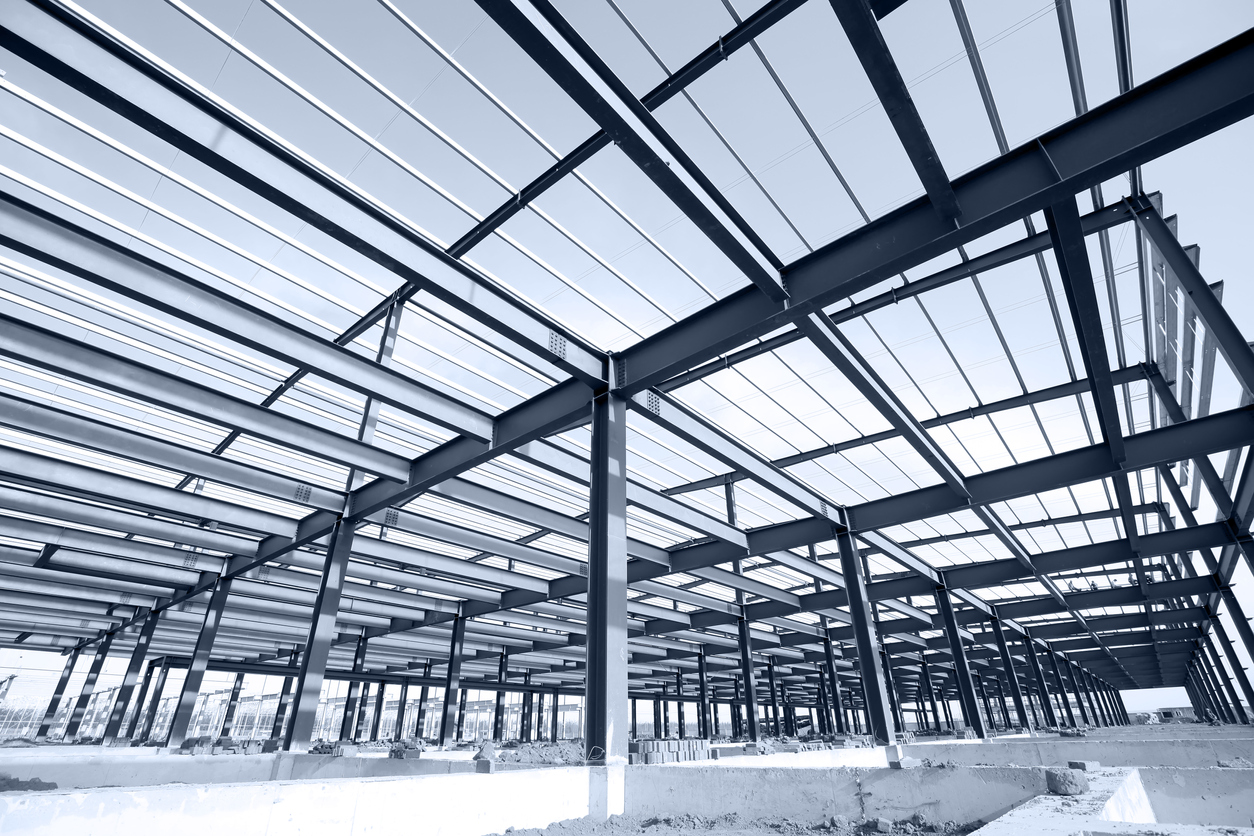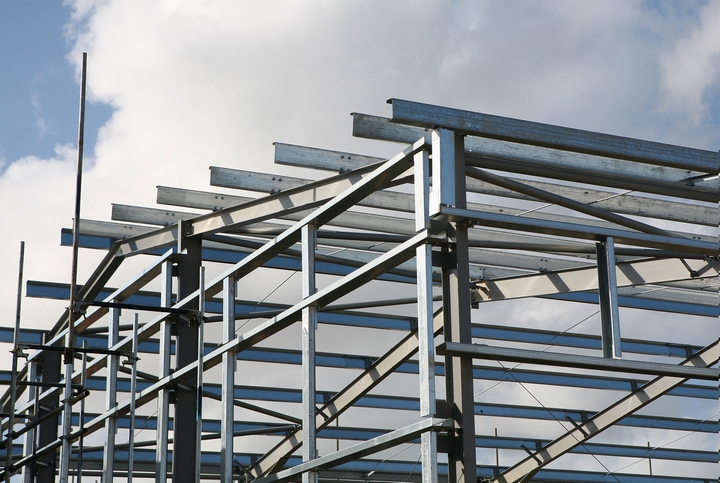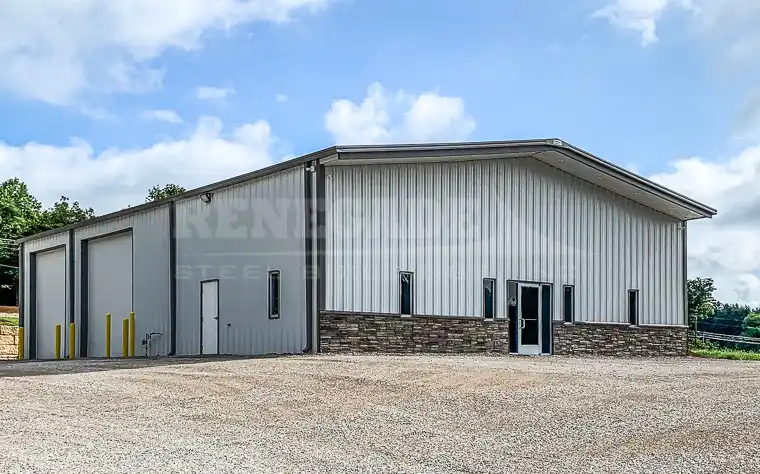The Affordable Benefit of Steel Structures: Why Select This Superior Alternative
Steel structures have become a compelling choice in the world of building and construction for a multitude of factors. From their robust resilience to cost-effectiveness and sustainable characteristics, steel frameworks supply a variety of advantages that set them apart in the industry. The one-upmanship that steel structures hold prolongs far beyond their preliminary appeal, making them a preferred choice for those seeking durability and flexibility in their construction tasks. As we discover the realm of steel building and constructions, it ends up being noticeable why this superior option has actually gathered substantial attention from engineers, engineers, and developers alike.
Durability and Longevity
In the realm of longevity, construction and resilience are fundamental facets that emphasize the worth recommendation of steel buildings. Steel is renowned for its effectiveness and capability to withstand numerous ecological problems, making it an excellent choice for durable frameworks. Unlike typical materials like timber or concrete, steel does not warp, split, or rot in time, guaranteeing that a steel structure remains structurally audio for years.
One key element contributing to the durability of steel buildings is their resistance to insects such as termites, which can trigger substantial damages to wood frameworks. Steel is additionally non-combustible, reducing the threat of fire damage and increasing the safety of residents. Additionally, steel structures require minimal maintenance compared to various other building and construction materials, saving both money and time over time.
Moreover, advancements in steel manufacturing modern technology have better enhanced the long life of steel buildings by boosting corrosion resistance and architectural stability. With appropriate care and upkeep, a well-constructed steel building can last more than half a century, offering a sturdy and trustworthy option for numerous building requirements.
Cost-Effectiveness
With its numerous financial advantages, steel as a structure material supplies an engaging economical service for numerous building and construction projects. The cost-effectiveness of steel structures stems from numerous essential variables.
Steel structures are also energy-efficient, allowing for cost savings on home heating and cooling expenditures - steel buildings. In general, the cost-effectiveness of steel structures makes them a clever financial investment for various building demands.
Adaptability in Style
The adaptability of steel as a structure material permits for a large range of cutting-edge design opportunities in construction jobs. Steel structures use unmatched versatility in design, making them a favored choice for contractors and architects. One of the vital benefits of steel is its strength-to-weight ratio, which allows the building of huge, open areas without the need for too much support columns. This structural efficiency enables for modern and imaginative designs that may not be viable with other structure materials.
Steel's adaptability additionally permits customization to meet details style requirements. Whether it's rounded roof coverings, complex exteriors, or one-of-a-kind geometric shapes, steel can be formed to bring basically any layout idea to life. Furthermore, steel structures can be conveniently expanded or modified, providing future versatility for adjusting to transforming needs.
Its toughness and resistance to corrosion ensure that steel buildings keep their visual charm and structural integrity for years to come. Ultimately, the adaptability of steel in layout not just improves the visual allure of buildings however likewise contributes to their long life and functionality.

Lasting Building And Construction Practices
Building upon the foundation of flexibility in layout, lasting construction techniques in steel structures play a vital role in mitigating ecological influence and advertising long-term environmentally friendly solutions. When steel buildings reach the end of their lifecycle, the steel components can be recycled and used in new building tasks, lowering the demand for raw materials and lessening waste. Furthermore, the power efficiency of steel structures contributes to sustainability efforts.

Quick Construction Timeline

Furthermore, the structured procedure of setting up steel structures minimizes construction time significantly. The simplicity of steel building style and the simplicity of assembly add to faster project completion, making it an ideal option for customers with time-sensitive requirements (steel buildings). Additionally, the capacity to deal with various components concurrently, such as site prep work and structure building together with steel construction, more increases the total building timeline
Verdict
Finally, steel buildings supply a competitive benefit as a result of their toughness, cost-effectiveness, flexibility in design, sustainable building practices, and rapid building timeline. These variables make steel structures an exceptional option for different building jobs, offering lasting advantages and worth. Choosing steel buildings can lead to enhanced efficiency, effectiveness, and sustainability in the building and construction industry.
Unlike traditional materials like wood you could check here or concrete, steel does not warp, fracture, or rot over time, ensuring that a steel building continues to be structurally audio for decades.
The versatility of steel as a building product enables look these up for a vast range of cutting-edge design opportunities in construction tasks.Building upon the foundation of versatility in layout, sustainable construction practices in steel structures play an important duty in mitigating environmental impact and advertising lasting eco-friendly solutions. When steel structures get to the end of their lifecycle, the steel parts can be reused and used in brand-new construction tasks, reducing the demand for raw materials and minimizing waste.In conclusion, steel structures provide an affordable advantage due to their longevity, cost-effectiveness, adaptability in design, sustainable building and construction techniques, and fast building timeline.